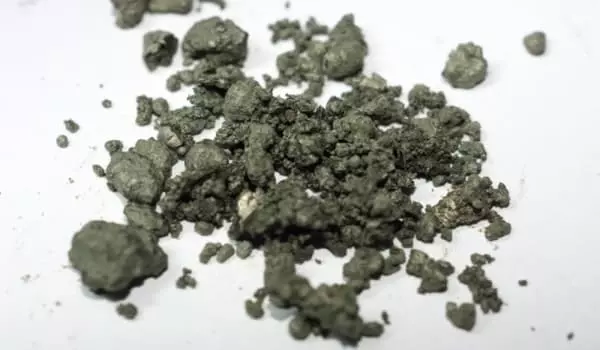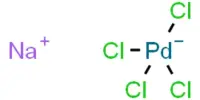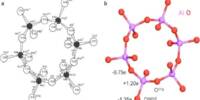Nickel(II) iodide is an inorganic compound with the formula NiI2. This paramagnetic black solid dissolves readily in water to give blue-green solutions of the aquo complexes. This blue-green color is typical of hydrated nickel(II) compounds. Nickel iodides find some applications in homogeneous catalysis.
Nickel(II) iodide has been used as a catalyst in the addition of carbon monoxide to an organic compound.
Properties
- Molecular Weight: 312.5
- Appearance: Iron-black solid
- Melting Point: 780 °C (1436 °F)
- Boiling Point: N/A
- Density: 5.83 g/cm3
- Solubility in H2O: N/A
- Form: Powder
- Specific Gravity: 5.834
- Color: black

Structure and synthesis
The anhydrous material crystallizes in the CdCl2 motif, featuring octahedral coordination geometry at each Ni(II) center. NiI2 is prepared by dehydration of the pentahydrate.
NiI2 readily hydrates, and the hydrated form can be prepared by the dissolution of nickel oxide, hydroxide, or carbonate in hydroiodic acid. The anhydrous form can be produced by treating powdered nickel with iodine.
Preparation
Nickel iodide can be prepared by dehydration of the hexahydrate or by the metathetic reaction between sodium iodide and nickel(II) chloride or nitrate in ethanol. It is a hygroscopic black or blue-green solid; soluble in water and alcohol; sublimes when heated. It has the CdCl2 type lattice and is paramagnetic down to 75°K. Only one hydrate is well characterized—the blue-green; unlike the other halide hexahydrates, this contains [Ni(H2O)6]2+ cations.
Applications in catalysis
NiI2 has found some industrial applications as a catalyst in carbonylation reactions. It also has niche uses as a reagent in organic synthesis, especially in conjunction with samarium(II) iodide.
Like many nickel complexes, those derived from hydrated nickel iodide have been used in cross-coupling.
















